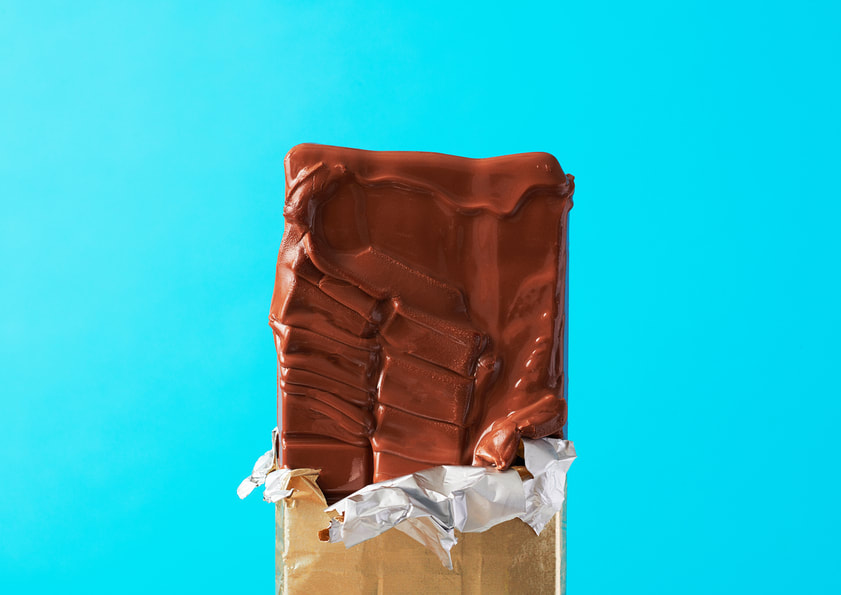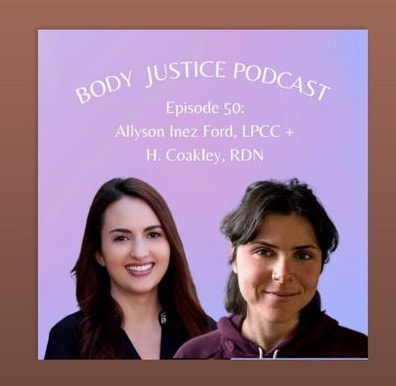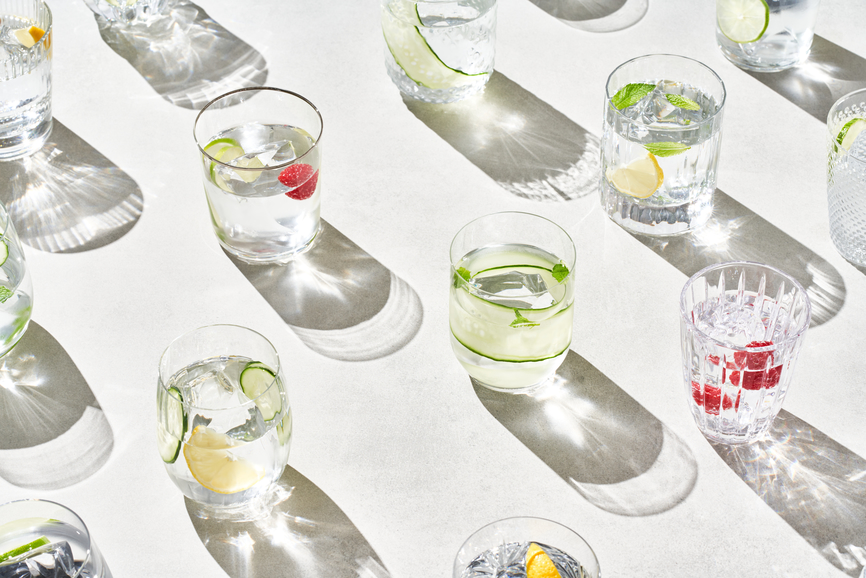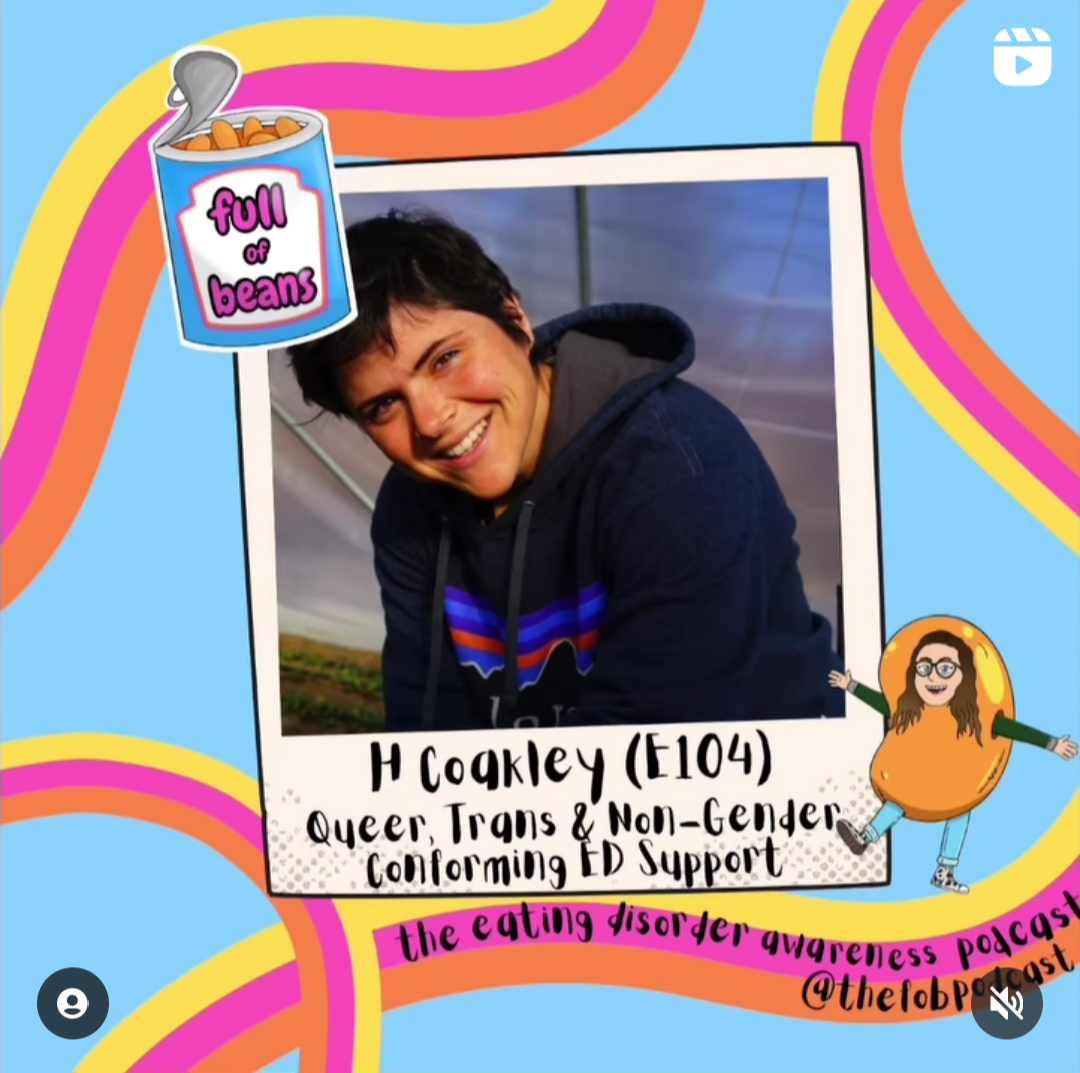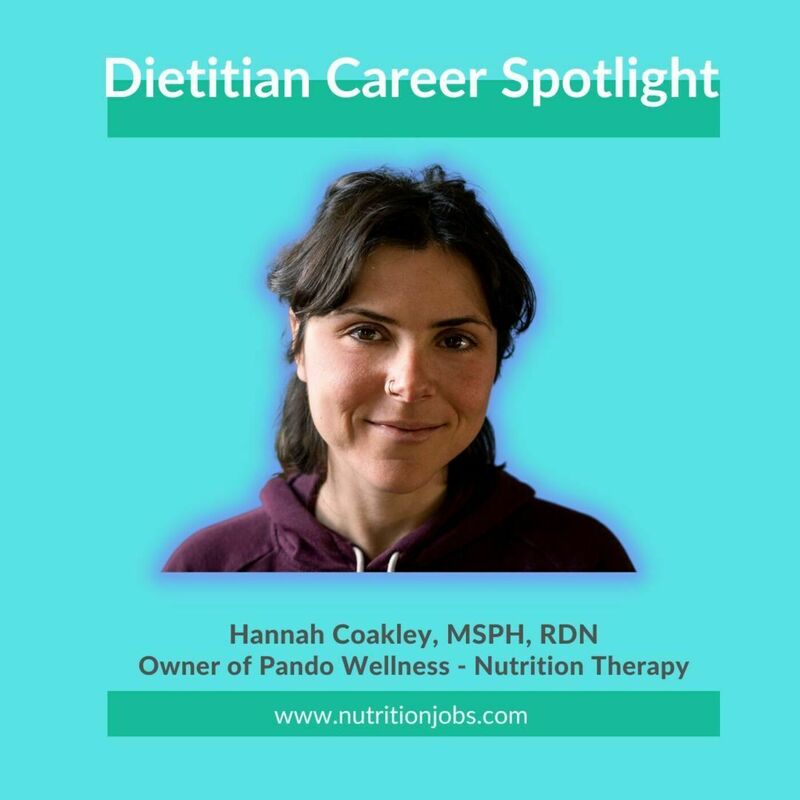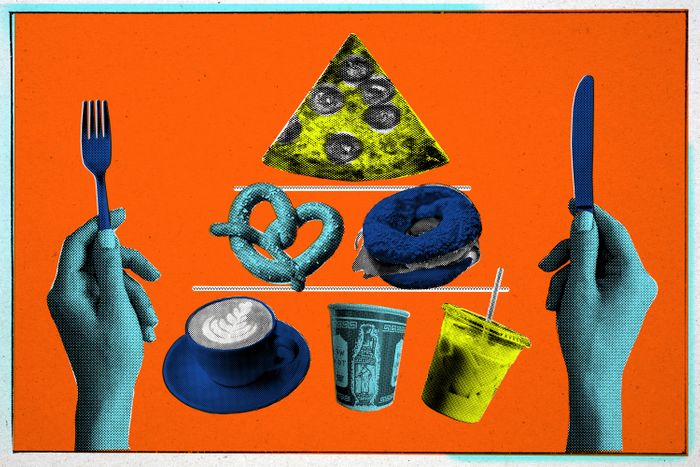Read This: Well + Good "The XL Way Diet Culture Capitalizes on Gender Roles and Expectations"12/28/2023
“There is tremendous empowerment to be found in understanding
how rigid ideas about gender and bodies limit us all.” So pleased to be featured in this Well + Good piece alongside other providers and advocates. Click the image to read more! So honored to be featured on my friend (and amazing therapist) Allyson's, podcast! Click the image to listen on Spotify!
“I found that using substances...clouded my ability to be present to what I felt—both the good and the bad,” Coakley shares. “It also hindered me from being present with those I love.” They also list all the reflecting you can do while sober. For example, consider how drinking hurts your life, if it’s actually helping in the ways you want it to, and what aspects of your life change.
Super honored to be featured in this piece on the sober-curious movment & its intersection with diet culture alongside fellow RDs Mia Donley & Stephanie Kile. Click the image to read the full piece! I was named one of the best nutritionists of 2022 by NY Mag!
'One of their clients, Sara, who would prefer to remain anonymous, spent the past few decades meeting with countless nutritionists and dietitians, and none felt like the right fit... until she found Coakley...they go beyond food, discussing Sara’s relationships and family as well as diet culture and systemic oppression more generally. “Hannah is the Eating Disorder Whisperer,” says Sara.' Click the link below for the full profile... “It’s just affirming the experiences and trying to create a space where someone feels like they can show themselves love.” — Hannah Coakley, MS, RD (they/them)
See my interview with Healthline below: www.healthline.com/health/eating-disorder-treatment-needs-to-be-more-accessible-to-trans-people-heres-what-should-change |
"Put Your Food Where Your Mouth Is"My Nutrition Video Series, Archives
December 2023
|
